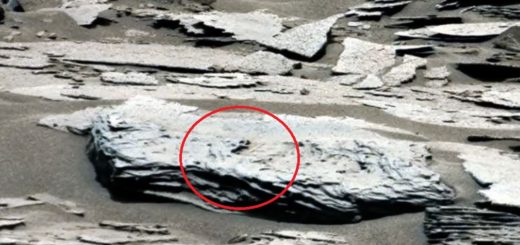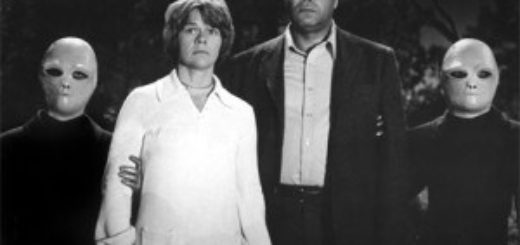The Sun Has Siblings, and You Can Help Find Them

It may be by itself in that sunset picture, but at one time our star grew up with sisters and brothers in a stellar nursery. MOMENT/GETTY IMAGES
The sun is a loner.
It drifts through the galaxy with only a bunch of planets and asteroids for company. It’s a rarity in that it doesn’t have a binary partner, a trait that’s common among most other stars in the Milky Way. But astronomers are stepping up to help our lonely star seek out its long-lost family.
Imagine an astronomical version of Ancestry.com (where you supply a sample of DNA and you find out your family tree), but instead of sampling DNA, astronomers of the galactic archaeology survey project called GALAH have been recording the spectra — a chemical “fingerprint” of sorts — of hundreds of thousands of stars in the hope of finding the sun’s siblings.
But why is our star so “lost”? Well, nearly 5 billion years ago when our star was a baby, it grew up inside a vast cloud of gas and dust among other stars. Since all the stars in this “stellar nursery” were formed from the same materials, they all share a common chemical composition and will therefore have very similar spectral fingerprints. As time passed and the stars matured and drifted apart, the sun became isolated and began its own journey through interstellar space. The stars that our sun grew up with, however, are still out there — but we’re not sure where.
So, using the HERMES spectrograph at the Australian Astronomical Observatory’s (AAO) 3.9-metre Anglo-Australian Telescope near Coonabarabran, New South Wales, Australia, GALAH astronomers have collected the spectra for 342,682 stars and released them to the public where anyone is free to analyze the observational dataset.
“This data will enable such discoveries as the original star clusters of the Galaxy, including the Sun’s birth cluster and solar siblings — there is no other dataset like this ever collected anywhere else in the world,” said Gayandhi De Silva, the project’s lead scientist, in a University of Sydney statement.
“Every star in that cluster will have the same chemical composition, or DNA — these clusters are quickly pulled apart by our Milky Way Galaxy and are now scattered across the sky,” added collaborator Sarah Martell from the UNSW Sydney, who leads the GALAH observations. “The GALAH team’s aim is to make DNA matches between stars to find their long-lost sisters and brothers.”
Using the HERMES spectrometer, the researchers were able to collect the light from up to 360 stars simultaneously to record their spectra. A spectrometer does this by passing the starlight through a device called a spectrograph that, like a prism, splits the light into its component colors, producing a rainbow. But the rainbow from any given star isn’t perfect, it contains obvious black lines. These lines represent the specific wavelength of light that a chemical absorbs. So, by looking at a star’s spectra, you can see exactly which elements, and how much of them, that star contains. And every star is different, except for the ones that were born in the same cluster; those have the same chemical fingerprints.
This is only the first data release of the GALAH project; however, the researchers’ next goal is to survey 1 million stars not only to find the sun’s brothers and sisters, but also to reveal the diversity of stars that are out there and how our Milky Way evolved.



 Creators of mankind
Creators of mankind Description of “Tall white aliens”
Description of “Tall white aliens” Where they came from?
Where they came from? About hostile civilizations
About hostile civilizations The war for the Earth
The war for the Earth “Tall white aliens” about eternal life
“Tall white aliens” about eternal life Video: “Nordic aliens”
Video: “Nordic aliens” Aliens
Aliens Alien encounters
Alien encounters The aliens base
The aliens base UFO
UFO Technology UFO
Technology UFO Underground civilization
Underground civilization Ancient alien artifacts
Ancient alien artifacts Military and UFO
Military and UFO Mysteries and hypotheses
Mysteries and hypotheses Scientific facts
Scientific facts


















